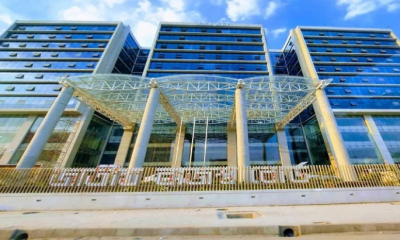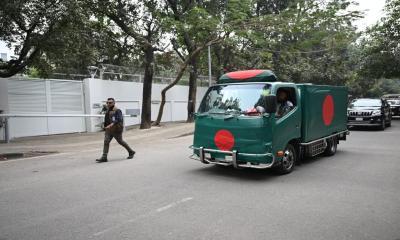On a busy downtown street three delivery bikes suddenly dart over the pedestrian crossing ahead of the car. On the car`s dashboard they look like small 3D blue blocks from a 1990s video game.
The steering wheel turns itself a notch and the vehicle slows to a gentle halt, while the safety driver looks on from the passenger seat.
The vehicle is one of a hundred sensor-laden robotaxis belonging to start up DeepRoute.ai cruising the dense central Futian business district in China`s southern tech hub Shenzhen, giving 50,000 trial rides to passengers in the last year.
While the United States is regarded as taking an early lead in testing autonomous vehicle (AV) technology, in Shenzhen the industry appears to be changing gears, with trial robotaxis fast becoming a common site.
Baidu Inc`s Apollo unit, Toyota Motor Corp-backed Pony, Nissan-backed Weride, Alibaba-backed Auto X and Deeproute have all been running trials navigating the city`s difficult environment, with frequent jaywalkers and ubiquitous e-scooters.
Shenzhen, a city of 18 million, has now brought in China`s clearest AV regulations. From Monday registered AVs will be allowed to operate without a driver in the driving seat across a broad swath of the city, but a driver must still be present in the vehicle.
So far, Chinese cities have allowed robotaxis to operate on a more limited basis with permission of local authorities, but Shenzhen`s regulations for the first time provide a crucial framework for liability in the event of an accident.







-20260103102222.webp)


-(25)-20251122062715-20260105041159.jpeg)



















-20251229113834.jpg)



-(2)-20260102070806.jpeg)


